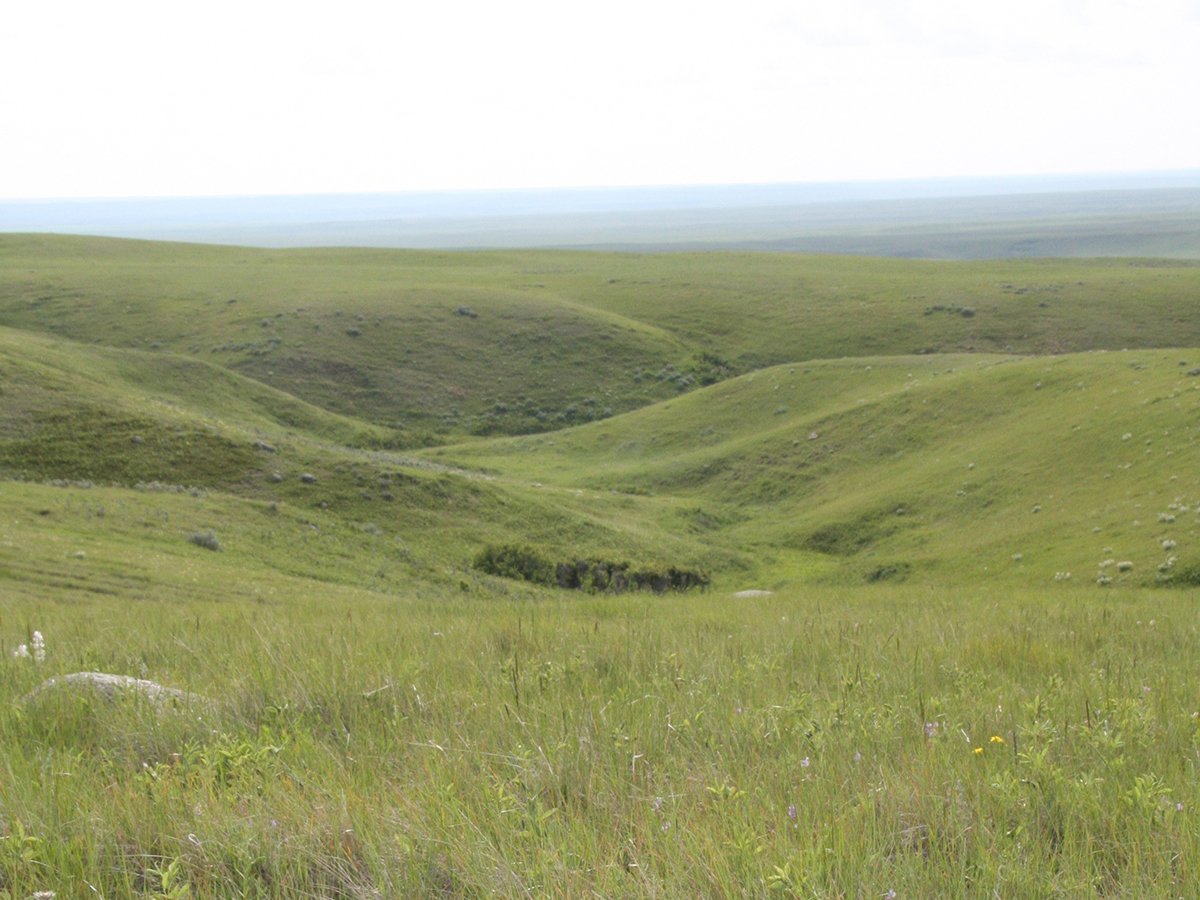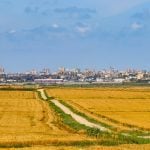RED DEER – Trying to breathe through a straw is how children describe
an asthma attack.
Childhood asthma is a growing respiratory disease of chronic
inflammation often linked to poor air quality outdoors and in the home.
The symptoms include shortness of breath, wheezing and a chronic cough.
“We have seen places where 25 percent of the kids in school have
inhalers,” said Health Canada researcher and physician Mark Raizenne in
an interview at the clean air strategic alliance conference held
Read Also

Alberta irrigation project on grasslands approved
Environmental concerns raised by Alberta conservation groups over irrigation expansion project within rural municipality
recently in Red Deer.
The problem is growing throughout the industrialized world and appears
to be more common among girls than boys.
“At 10 or 11, puberty starts to strike, hormones change and we see
these girls starting to develop a lot more than boys. In fact, boys
start to move out of it,” he said.
There are a number of theories regarding increased asthma cases.
One is the hygiene hypothesis. Children living in sterile, clean homes
do not develop a natural immunity.
Published research in Canada and the United States reveals children on
farms appear to have fewer cases of asthma compared to urban children.
The theory is they are exposed to more infections so they develop a
greater level of immunity.
“Because they are exposed very early in life, possibly even in utero,
then they develop very strong immune systems and that’s where they are
ahead,” Raizenne said.
There are no studies in intensive livestock areas where children could
be exposed to a broader array of emissions such as hydrogen sulfide and
feedlot dusts, said Raizenne. There could be seasonal effects in high
intensity farming areas, which deserve some study, he said.
Researchers know children cannot handle certain toxins as successfully
as adults. Air pollution that includes sulfides, carbon monoxide,
ozone, benzene and particulates might cause fevers, coughs, permanent
lung difficulties, asthma and even sudden infant death syndrome.
Lung function steadies at age 17 but if the lungs were damaged in early
life, the respiratory system may not develop properly.
The growing number of childhood asthma cases has prompted the U.S. to
launch a national health study to monitor 100,000 children through
prenatal development to the age of 21. Canada hopes to participate in
this study. It plans to look at environmental factors affecting health
over the long term.
Health Canada was involved in a 24-city study across North America in
the mid-1990s. Raizenne looked at children in St. John, N.B., Yorkton,
Sask., and Penticton, B.C.
Focusing on the New Brunswick group, he found more asthma in boys in
Grade 4 but more asthma in girls in Grade 12. There are mitigating
factors. While more girls had asthma later in life, about 40 percent of
the Grade 12 girls smoked, which may exacerbate their respiratory
problems.
The overall study looked at children’s gender, size, allergy records,
whether parents had asthma, whether anyone smoked at home and the
presence of household mould.
A study in Mexico City, which has high levels of air pollution,
discovered DNA damage in the nasal cells of children.
Those living in more polluted areas of the city reported more
nosebleeds compared to children living where the air was cleaner.
Visit: www.nationalchildrensstud.gov.

















